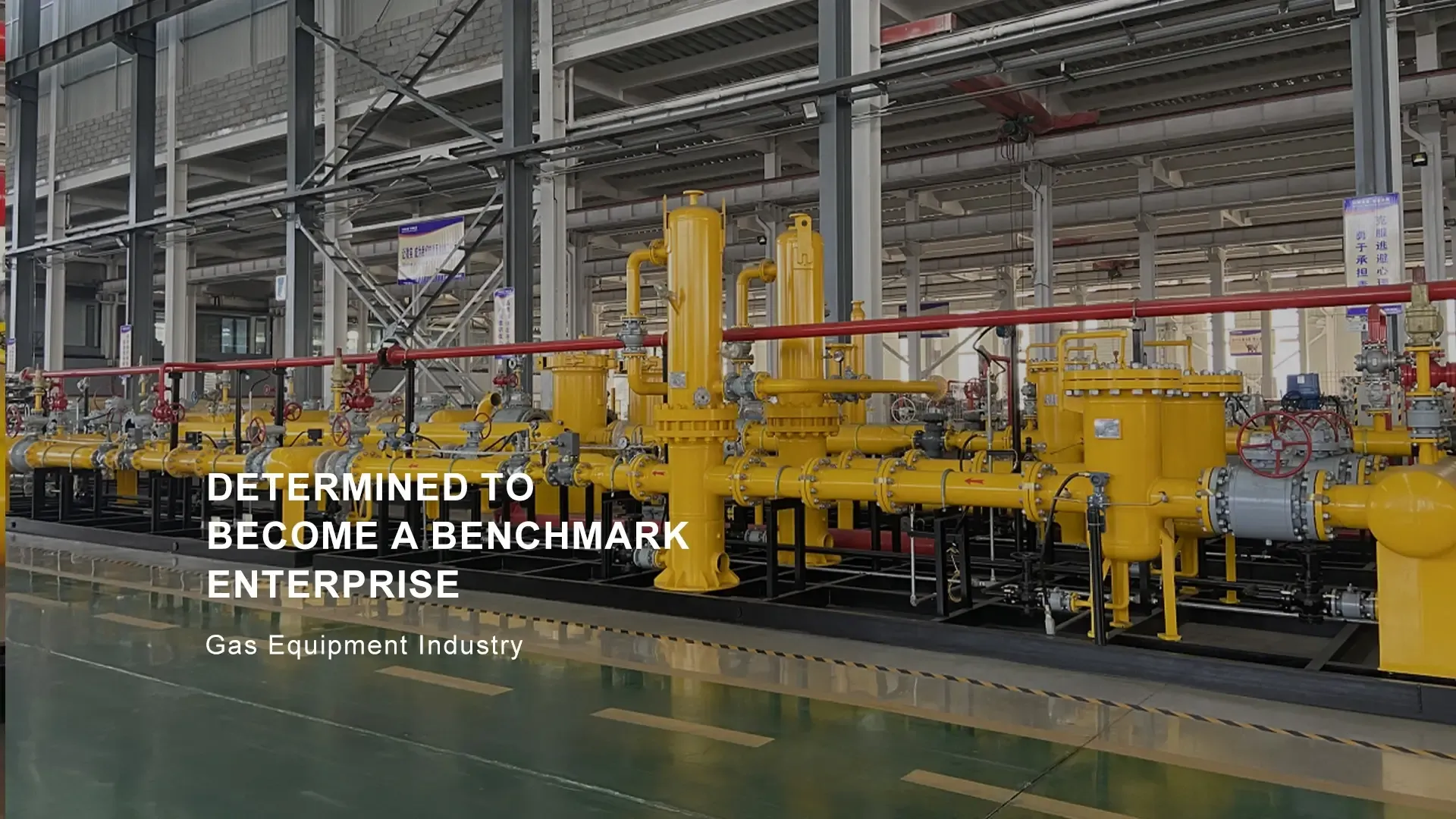
Nov . 20, 2024 08:11
Back to list
gasification equipment
Gasification Equipment A Key Player in Sustainable Energy Production
Gasification is an advanced technology that transforms carbon-based materials, such as biomass, coal, and organic waste, into syngas, a mixture of hydrogen and carbon monoxide. This process offers a cleaner and more efficient alternative to traditional combustion methods. At the heart of this process lies gasification equipment that facilitates the conversion of solid or liquid feedstocks into valuable fuel gases. As the world increasingly seeks sustainable energy solutions, the significance of gasification equipment cannot be overstated.
Types of Gasification Equipment
There are several types of gasification equipment, each designed to optimize specific feedstock types and operational conditions. The primary types include updraft gasifiers, downdraft gasifiers, fluidized bed gasifiers, and plasma gasifiers.
- Updraft Gasifiers are favored for their simplicity and efficiency when processing biomass. In this design, the feed material is introduced from the top, while air or oxygen is supplied from the bottom. This setup allows for relatively low-temperature operations and produces syngas rich in tar and lighter gases.
- Downdraft Gasifiers, on the other hand, move the feedstock downward through the gasification zone, where it encounters hot gases escaping from the reaction zone. This design minimizes tar production, resulting in cleaner syngas, making it suitable for internal combustion engines and fuel cells.
- Fluidized Bed Gasifiers introduce a suspension of solid particles and gas, creating a homogenous mixture that enhances reaction rates and feedstock versatility. These gasifiers are capable of handling a wide range of feedstocks, including difficult-to-gasify materials.
- Plasma Gasifiers leverage high-temperature plasma arcs to convert feedstocks into syngas, with the added benefit of significantly reducing harmful pollutants and solid residues. This technology is particularly useful for hazardous waste treatment.
gasification equipment

Applications and Benefits
Gasification equipment serves a variety of applications, from electricity generation and heat production to the creation of synthetic fuels and chemicals. One of the most sustainable applications of gasification is in the production of hydrogen, a clean energy carrier that has the potential to power fuel cells and serve as a feedstock for chemical production.
Moreover, the benefits of gasification extend beyond energy production. By efficiently converting waste materials, such as agricultural residues and municipal solid waste, into usable energy, gasification can contribute to waste management solutions, reducing landfill usage and associated environmental impacts.
Challenges and Future Prospects
Despite its advantages, gasification technology is not without challenges. High capital costs, complex operational requirements, and the need for skilled personnel can hinder widespread adoption. Additionally, feedstock variability poses operational challenges, necessitating robust design and technology improvements to ensure consistency and reliability.
However, ongoing research and development efforts are focused on overcoming these challenges. Innovations in catalyst development, process optimization, and integration with renewable energy systems are paving the way for more efficient and cost-effective gasification solutions.
Conclusion
Gasification equipment represents a vital component in the transition toward sustainable energy systems. By converting solid and liquid feedstocks into clean syngas, this technology not only addresses energy needs but also mitigates environmental impact through waste recycling. As global energy demands continue to rise, and the push for cleaner alternatives intensifies, gasification holds promise as a cornerstone of future energy strategies. Investing in gasification technology and enhancing its capabilities could play a significant role in achieving global sustainability goals.
Latest news
-
Safety Valve Spring-Loaded Design Overpressure ProtectionNewsJul.25,2025
-
Precision Voltage Regulator AC5 Accuracy Grade PerformanceNewsJul.25,2025
-
Natural Gas Pressure Regulating Skid Industrial Pipeline ApplicationsNewsJul.25,2025
-
Natural Gas Filter Stainless Steel Mesh Element DesignNewsJul.25,2025
-
Gas Pressure Regulator Valve Direct-Acting Spring-Loaded DesignNewsJul.25,2025
-
Decompression Equipment Multi-Stage Heat Exchange System DesignNewsJul.25,2025

